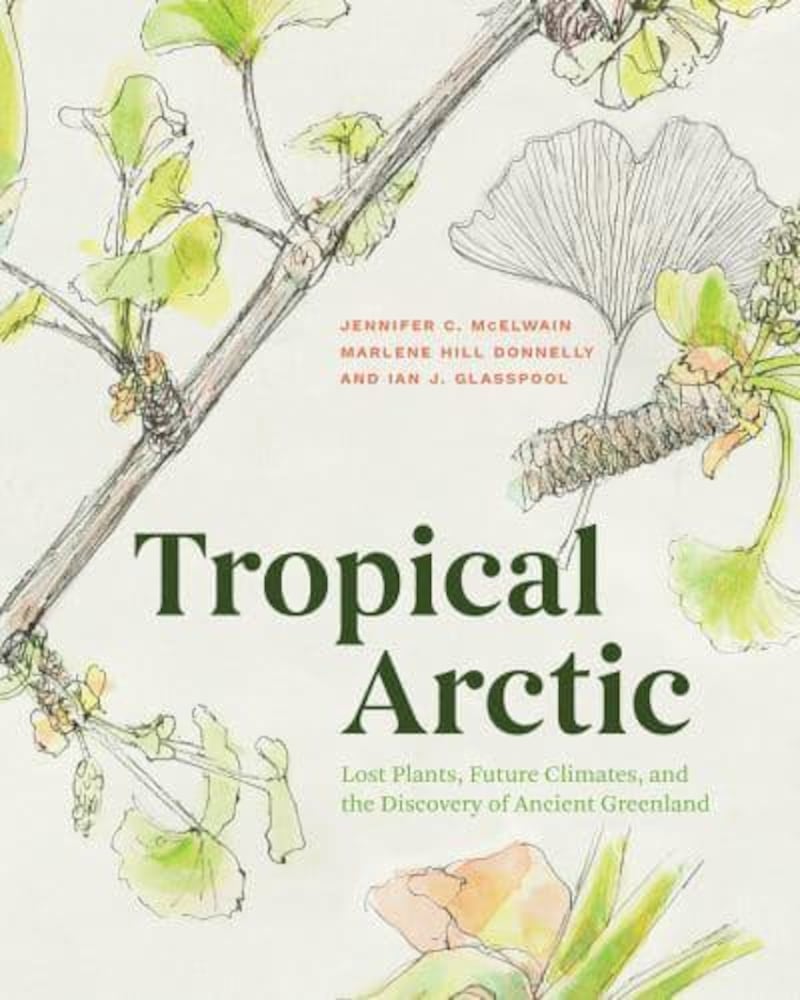If you are seeking gifts for curious minds this festive season – or perhaps the mind you seek for is your own – then wrap yourself around science books that use storytelling to powerful effect.
Stories that stick
One book that glides along is Sticky by Laurie Winkless, which explores the hows, whys and what-we-still-don't-knows about things that stick or don't.
“The applied knowledge of contact, friction, fluid dynamics and surfaces has allowed us to build pyramids, harness wind energy and explore the solar system,” she writes.
Winkless draws on examples from nature, such as the gecko’s seemingly gravity-defying foot and the shark’s speed-enhancing skin, as well as how our sense of touch enables us to feel our way around. There’s plenty of sticky chemistry and physics too, from the ochre paint of Aboriginal rock art to the curious curves of curling and the momentary grip of a tyre on asphalt.
Winkless is an adroit storyteller throughout, and anecdotes include the time that she, a native of Dundalk, found herself clambering under her desk during the first big earthquake she experienced after moving to New Zealand. Cue a discussion of the subterranean slips and slides that set off the shakes above ground.
- Sticky: The Secret Science of Surfaces by Laurie Winkless is published by Bloomsbury Sigma
Digging into the tropical Arctic

Staying with the Earth's surface, Prof Jennifer McElwain at Trinity College Dublin has written a book with fellow paleobotanist Ian Glasspool and scientific illustrator Marlene Hill Donnelly about finding fascinating fossils that have stuck around for hundreds of millions of years.
Tropical Arctic tells the story of an expedition to Greenland in 2002, where scientists (including McElwain) carefully dug through layers of rock for clues about what happened to the lush, verdant flora of the region about 200 million years ago at the tumultuous boundary between the Triassic and Jurassic – a period of mass extinction, soaring atmospheric carbon dioxide and a rise in global temperatures.
“We hand-picked small black fragments of fossilised leaf cuticle directly from the fossils excavated from Astartekløft,” write the authors. “This was a fiddly job with tweezers, but each 200-million-year-old fragment peeled from the rock with more ease than a price sticker from a gift.”
The scientists used fluorescence microscopy to examine tiny structures on the fossils, including the pores on the underside of leaves called stomata that allow gases in and out. Counting stomata and looking for charcoal in rock layers offer clues about the atmospheric conditions at the time the plant was alive.
As well as delivering insights into the Earth’s environmental upheaval and the resilience of life, Tropical Arctic also provides a front-row seat for the drama of the field expedition itself, such as the need to watch out for polar bears driven far inland by the effects of climate change and, unrelated, a team member being airlifted for medical attention.
The book ends with a reminder that what we see in the rear-view mirror of time should prompt us to take action now.
- Tropical Arctic: Lost Plants, Future Climates, and the Discovery of Ancient Greenland by Jennifer McElwain, Marlene Hill Donnelly and Ian Glaspool is published by University of Chicago Press
Stories of more

Another spur to act comes from Prof Hope Jahren in The Story of More. An adapted version is available for young adults.
Jahren, a geobiologist, writes about the shocking rise in consumption and environmental change even in the half century or so since her birth. It’s a sobering read, but highly engaging thanks to Jahren’s beautiful writing, particularly when she weaves in insights about biology.
“Every meal we eat, every mile we travel, every dollar we spend presents us with a choice between using more energy than we did the last time or less,” writes Jahren. “You have the power. How will you use it?”
- The Story of More: How We Got to Climate Change and Where to Go from Here by Hope Jahren is published by Vintage









